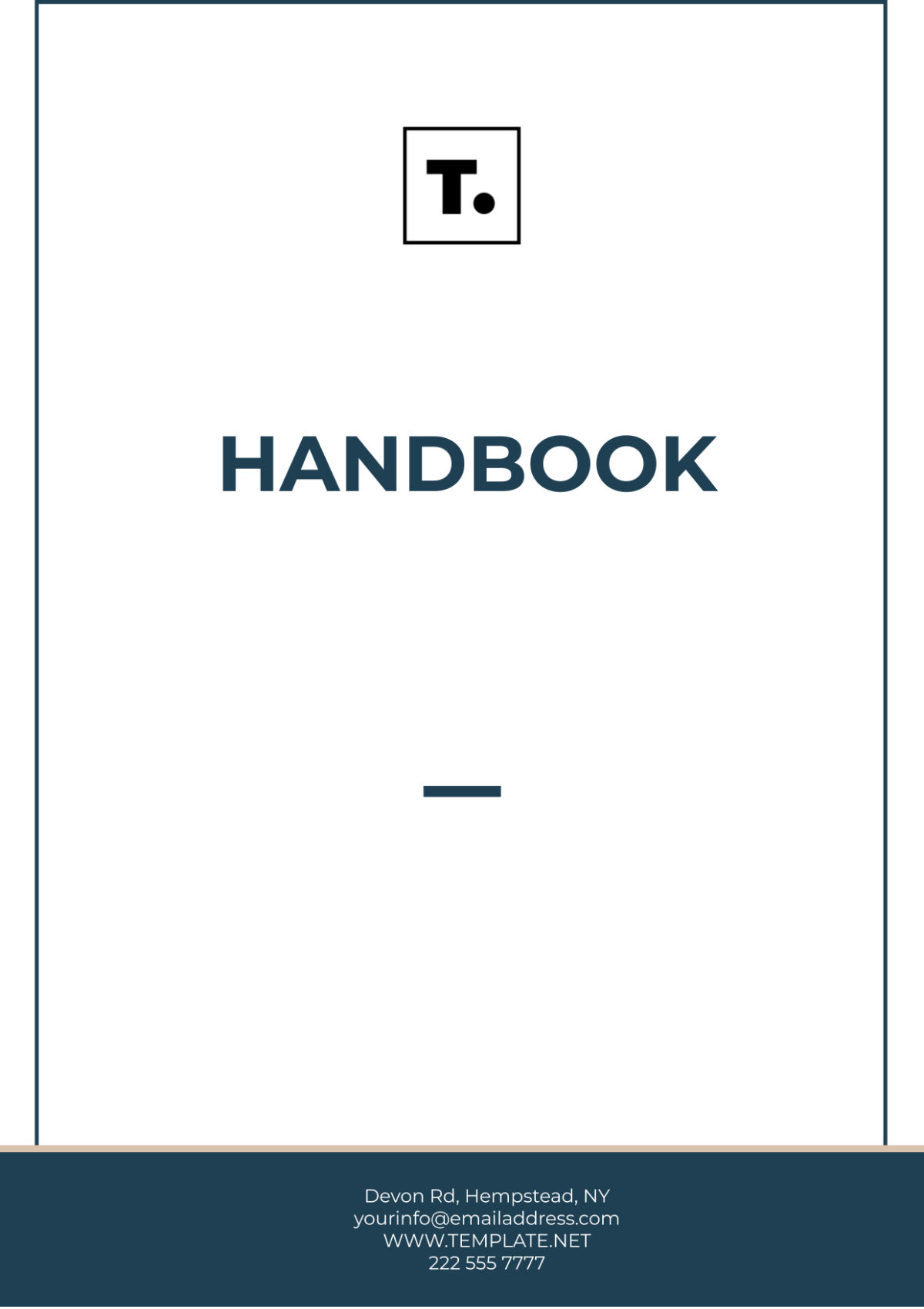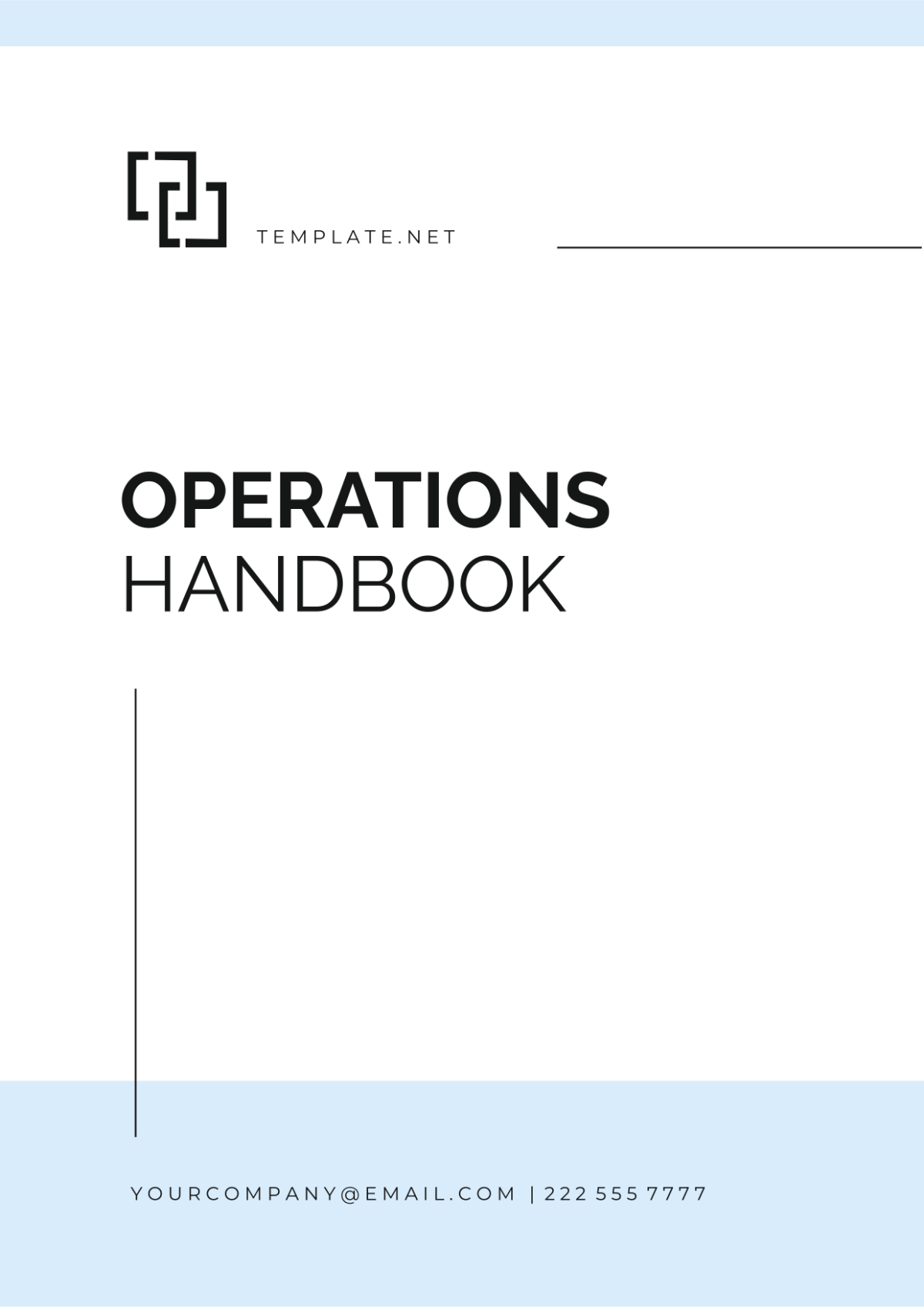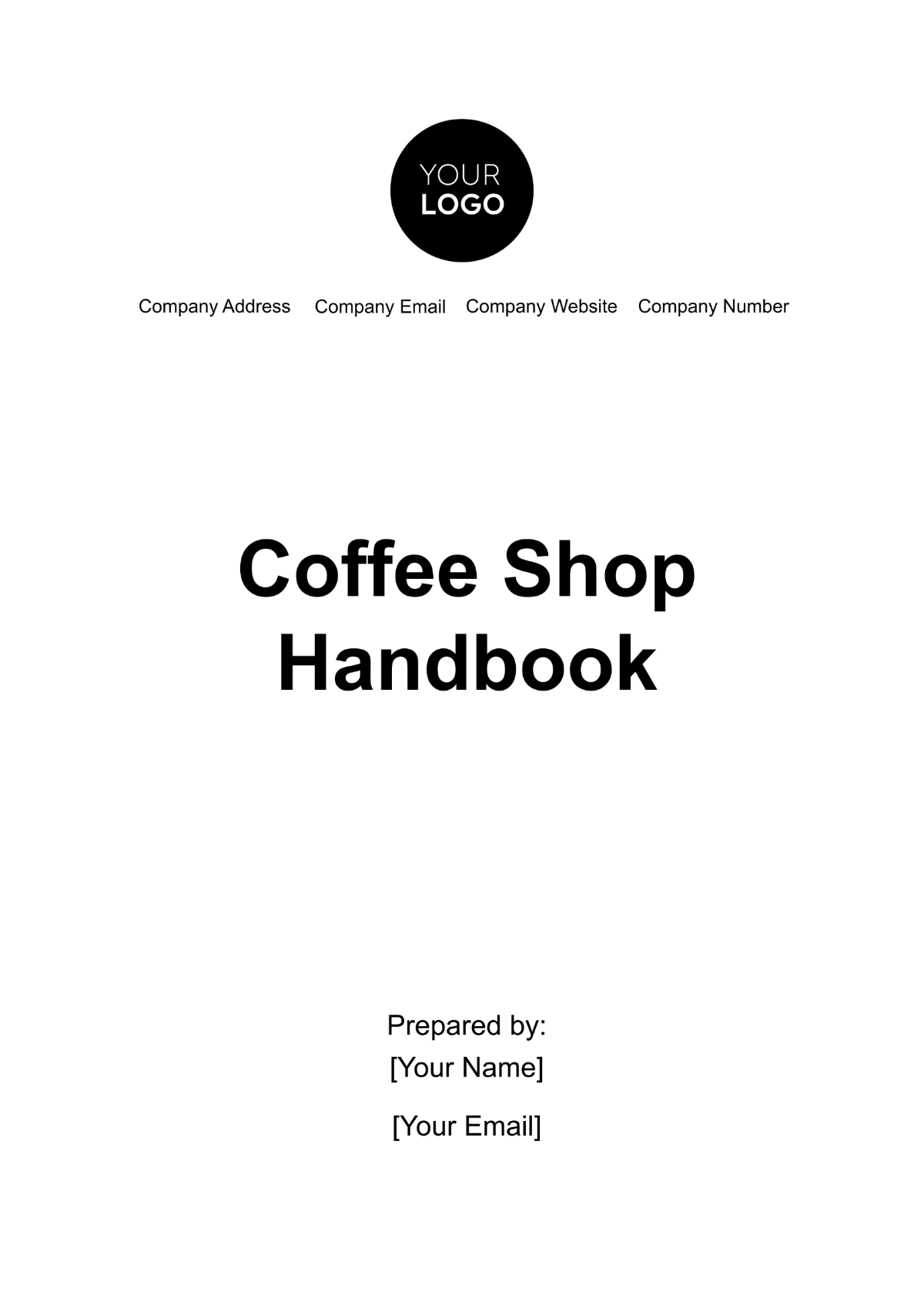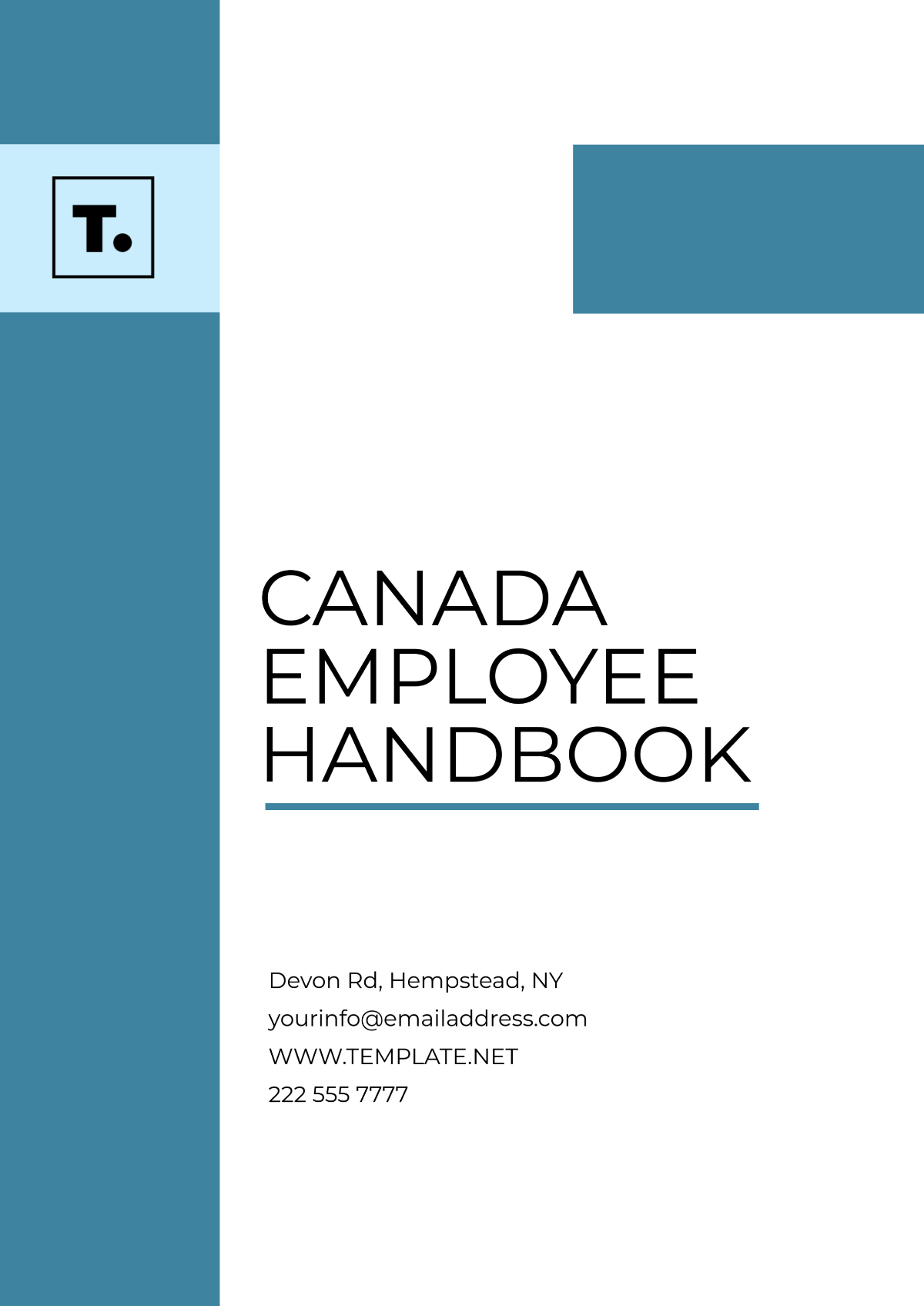Event Operations Advertising Handbook
Chapter 1: Introduction to Event Operations
Overview
This handbook serves as a guide for the successful planning, execution, and management of advertising events. It is designed to provide a structured approach for event coordinators, marketing professionals, and all team members involved in the process.
Objective
The primary goal is to ensure a seamless and impactful advertising event that not only promotes the brand or product effectively but also leaves a lasting impression on the attendees.
Chapter 2: Pre-Event Planning
Event Conceptualization
Theme Selection: Choose a theme that aligns with the brand's identity and marketing goals.
Target Audience: Define the target demographic for maximum engagement.
Budgeting
Item | Estimated Cost | Notes |
Venue Rental | $5,000 | Based on location |
Marketing Materials | $2,000 | Includes digital ads |
Staffing | $3,000 | Based on headcount |
Venue Selection
Criteria for Venue Selection
When selecting a venue for an advertising event, consider the following key criteria:
Capacity: Ensure the venue can comfortably accommodate the expected number of attendees.
Location: Choose a location that is easily accessible and central to the target audience.
Evaluation Process
Site Visits: Conduct thorough site visits to evaluate the suitability of the venue.
Cost Analysis: Compare costs of different venues, including hidden charges.
Contract Review: Thoroughly review contracts for clauses related to cancellation, payment terms, and liabilities.
a. Venue Comparison Table
Venue Name | Capacity | Location | Cost | Amenities | Notes |
The Grand Hall | 500 | Downtown | $15,000 | Full A/V, Catering | Ideal for large events |
Riverside Terrace | 300 | Near River | $10,000 | Outdoor space, Parking | Scenic views |
City Conference Center | 400 | City Center | $12,000 | Multiple rooms, Wi-Fi | Versatile spaces |
Marketing and Promotion
Marketing Strategy
The marketing strategy for an advertising event should encompass a mix of digital and traditional methods to reach the target audience effectively.
Target Audience Analysis: Identify the demographics and interests of the audience.
Branding: Ensure all promotional materials align with the brand’s identity.
Multichannel Approach: Utilize social media, email marketing, print media, and outdoor advertising.
Digital Marketing Tactics
Social Media Campaigns: Leverage platforms like Facebook, Instagram, and LinkedIn for targeted ads and organic posts.
Email Marketing: Send personalized invites and event updates to a curated mailing list.
Influencer Collaborations: Partner with industry influencers for wider reach.
Traditional Marketing Tactics
Print Advertising: Create eye-catching ads for magazines and newspapers relevant to the audience.
Outdoor Advertising: Use billboards, posters, and public transit ads in strategic locations.
Radio and TV Spots: Air short promotional spots on local radio stations and TV channels.
Marketing Timeline and Responsibilities
Task | Deadline | Responsible Team |
Finalize Marketing Plan | 3 months prior | Marketing Team |
Launch Social Media Campaign | 2 months prior | Digital Marketing Team |
Start Email Campaign | 6 weeks prior | Marketing Team |
Release Print and Outdoor Ads | 1 month prior | Advertising Team |
Monitor and Adjust Campaigns | Ongoing | All Marketing Teams |
Chapter 3: Operational Tasks
Team Roles and Responsibilities
Event Manager: Overall coordination and supervision.
Marketing Lead: Oversees advertising and promotion.
Logistics Coordinator: Manages venue, equipment, and supplies.
Timeline and Checklist
Task | Deadline | Responsible |
Venue Booking | 3 months prior | Logistics |
Marketing Campaign Launch | 2 months prior | Marketing |
Finalize Event Schedule | 1 month prior | Event Manager |
Chapter 4: Event Execution
Day-of-Event Operations
The execution of the event is crucial and requires meticulous attention to detail. Key tasks include:
Venue Setup: Arrange signage, seating, and staging according to the floor plan. Ensure audiovisual equipment is tested.
Registration and Guest Management: Set up registration desks with sufficient staffing. Use digital check-in systems for efficiency.
Staff Briefing and Coordination
Morning Briefing: Conduct a team meeting to go over the day's schedule and assign specific roles.
Communication: Utilize walkie-talkies or a group messaging app for instant communication.
Event Monitoring and Management
Schedule Adherence: Assign a team member to monitor the event timeline.
Issue Resolution: Have a designated problem-solver for unforeseen issues.
Detailed Timeline for the Event Day
Time | Activity | Responsible |
7:00am | Venue Setup Begins | Logistics Team |
9:00am | Staff Briefing | Event Manager |
10:00am | Registration Opens | Guest Relations |
1:00pm | Event Officially Starts | All Staff |
6:00pm | Event Concludes | All Staff |
7:00pm | Venue Cleanup and Dismantle | Logistics Team |
Chapter 5: Post-Event Activities
Feedback and Evaluation
Survey Distribution: Distribute digital surveys to attendees within 24 hours of the event for timely feedback.
Performance Metrics: Analyze key metrics like attendance, engagement levels, and social media reach.
Reporting and Documentation
Event Report: Compile an event report covering all aspects, from preparation to execution.
Lessons Learned: Document any challenges faced and how they were resolved for future reference.
Follow-Up Marketing
Thank You Notes: Send personalized thank you emails or messages to attendees.
Content Sharing: Share event highlights, photographs, and videos on social media and the company website.
Post-Event Timeline
Task | Deadline | Responsible |
Feedback Survey Sent | 1 day post-event | Marketing Team |
Initial Report Compilation | 1 week post-event | Event Manager |
Follow-Up Marketing Initiatives | 2 weeks post-event | Marketing Team |
Event Budget
Item | Estimated Cost | Notes |
Venue Rental | $10,000 | Includes setup and cleanup fees |
Catering | $5,000 | For 200 attendees |
Marketing Materials | $3,000 | Digital and print ads |
Audiovisual Equipment | $2,500 | Rental fees |
Staff Salaries | $4,000 | Event day staff |
Miscellaneous Expenses | $1,500 | Contingency fund |
Total | $26,000 |
Vendor Type | Company Name | Contact Details |
Catering | Gourmet Bites | gourmetbites@email.com |
Audiovisual | AV Solutions | contact@avsolutions.com |
Printing | PrintExpress | info@printexpress.com |
Security | SecureEvent | secure@eventsecurity.com |
Emergency Plan Overview
The Emergency Plan is a critical component of the event operations handbook, designed to prepare the event team for handling unexpected situations efficiently and safely.
Key Objectives
Safety: Ensure the safety of all attendees, staff, and vendors.
Efficiency: Enable a quick and orderly response to any emergency.
Communication: Maintain clear and constant communication during emergencies.
Specific Emergency Scenarios
Medical Emergencies
Procedure: Immediate assessment by trained first aid staff, followed by calling emergency services if needed.
Facilities: First-aid stations at designated areas with signage.
Team Training: Basic first aid and CPR training for select staff members.
Fire Emergency
Procedure: Activation of the fire alarm and evacuation of the venue.
Equipment: Fire extinguishers and smoke detectors strategically placed and checked regularly.
Evacuation Routes: Clearly marked and free from obstructions.
Severe Weather Events
Monitoring: Regular checks of weather reports during outdoor events.
Shelter Plan: Pre-identified shelter areas or arrangements for quick dismantling and evacuation.
Security Threats
Procedure: Lockdown protocol and alerting law enforcement.
Security Personnel: On-site security team briefed on emergency protocols.
Table: Emergency Contacts and Resources
Type | Contact Information | Role/Resource |
Local Police | 123-456-7890 | Law enforcement assistance |
Fire Department | 123-456-7891 | Fire emergencies |
Emergency Medical | 123-456-7892 | Ambulance and medical aid |
Event Security Team | 123-456-7893 | On-site security incidents |
Weather Services | 123-456-7894 | Weather updates |
Evacuation Plan
Evacuation Routes: Detailed maps posted throughout the venue showing the nearest exits.
Assembly Points: Designated safe areas outside the venue for attendees to gather post-evacuation.
Staff Roles: Specific staff assigned to guide and assist with evacuation.
Communication Plan During Emergencies
Internal: Use of two-way radios for communication among staff.
External: Pre-drafted public announcements for PA system and digital channels.
Training and Drills
Regular emergency response drills for staff to ensure preparedness.
Briefing sessions for all staff on emergency procedures before the event.
Conclusion
As we conclude this handbook, it's essential to recognize that the success of an advertising event hinges on meticulous planning and cohesive execution across all facets of the event. Venue selection is a foundational element that sets the stage for the event, demanding a strategic approach to choosing a location that aligns with the brand's image and the event's goals while providing attendees with a comfortable and accessible experience.
The marketing and promotion efforts are the driving force behind audience engagement and event awareness. A well-crafted marketing strategy that employs both digital and traditional channels ensures a wide-reaching impact and builds anticipation leading up to the event.
In combination, the right venue and an effective marketing campaign create an environment primed for delivering a memorable advertising event. Every element detailed in this handbook, from the emergency plan to the post-event activities, contributes to a comprehensive framework designed to guide teams through the complex landscape of event planning and management.
By adhering to the guidelines and strategies outlined in this handbook, your advertising event is well-positioned to achieve its objectives, leaving a lasting impression on its attendees and enhancing the brand's prestige in the marketplace.

















































